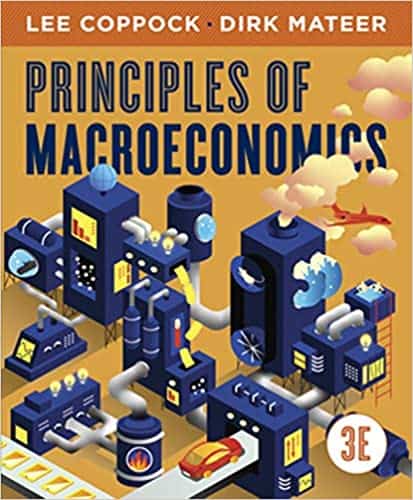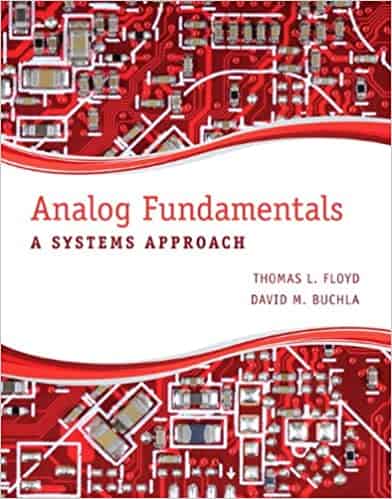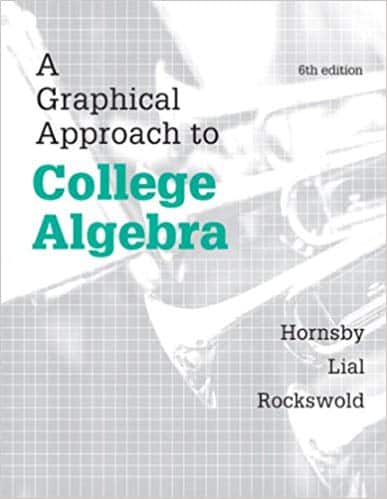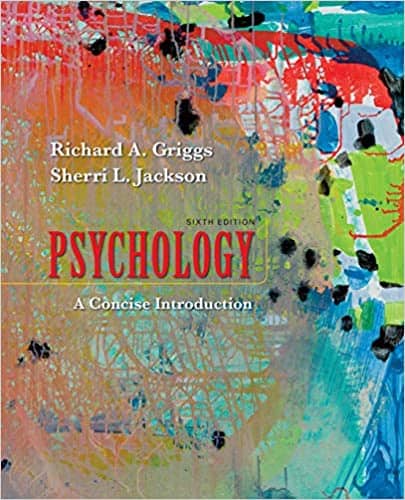Category: E-Books
Astrobiology is a multidisciplinary pursuit that in various guises encompasses astronomy, chemistry, planetary and Earth sciences, and biology. It relies on mathematical, statistical, and computer modeling for theory, and space science, engineering, and computing to implement observational and experimental work. Consequently, when studying astrobiology, a broad scientific canvas is needed.
Widely acclaimed by adopters as the most relatable textbook available, Mateer and Coppock’s Principles of Macroeconomics, 3rd Edition, (PDF) develops college students’ problem-solving skills with step-by-step explanations and familiar examples and applications. Student-centered instructor support―carefully developed to emphasize learning―puts award-winning engagement techniques at your fingertips from the authors’ more than
Analog Fundamentals: A Systems Approach, (PDF) offers unique coverage of analog devices and circuits with a systems prominence. Discrete linear devices, and other linear integrated circuits, are all covered with less focus on the individual device, and more analysis on how these devices are integrated into larger circuits and systems.
Hornsby, Lial, Rockswold’s Graphical Approach to College Algebra 6th edition (PDF) covers functions through a consistent 4 part analytical process that asks college students to: 1) Examine the nature of the graph 2) Solve a typical equation graphically and analytically 3) Solve the related inequality graphically and analytically, and finally,
This exceptionally brief volume offers a rich survey of the field’s fundamental research and concepts at a matchless price—with formats for less than $10! The textbook also comprises of a robust media and supplements package for college students and instructors, including LaunchPad. No other textbook/media resource for the course provides





